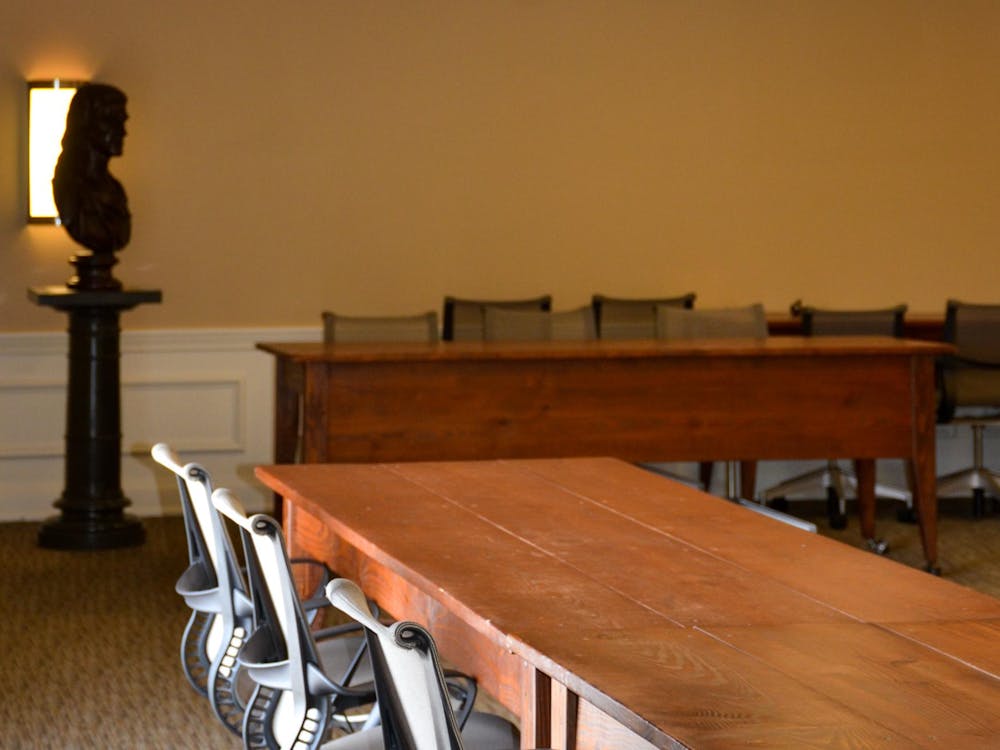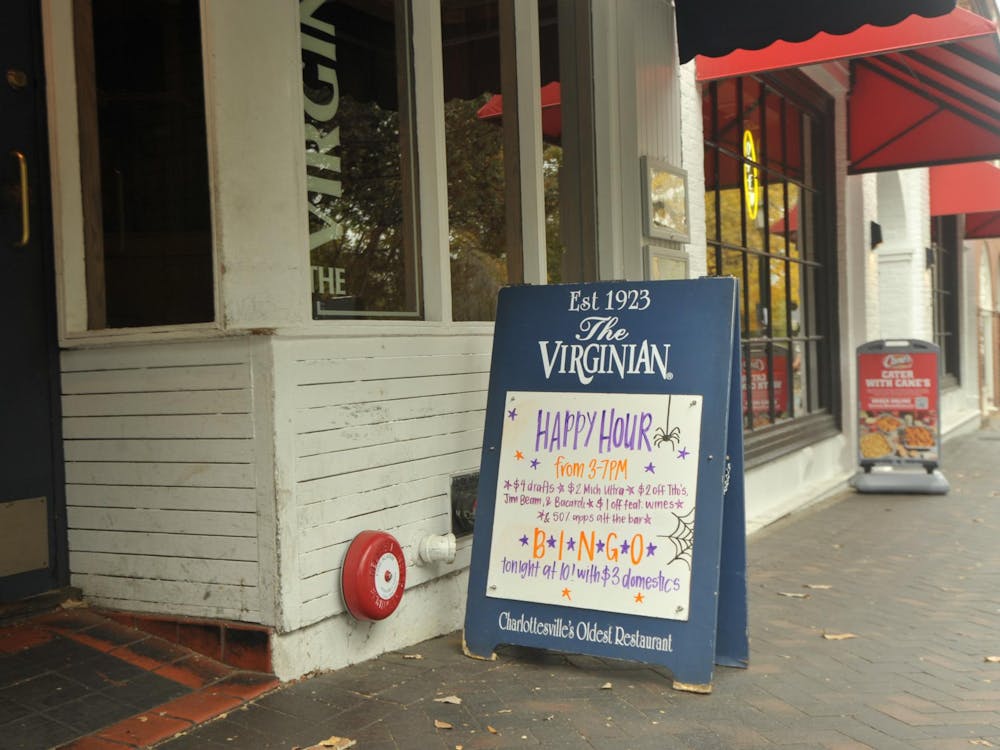A recent study by the University's Energy Program and the Green Grounds Group shows that while the University is making efforts to prevent unnecessary expenditure of energy, it can do more to conserve energy and funds.
Last week, a group of students met to determine instances of wasted energy on Grounds, Energy Program Manager Paul Crumpler said.
Students observed 150 buildings on Grounds and noted the number of lights that were turned on inside various unoccupied buildings.
According to Crumpler, the Green Grounds Group, a Contracted Independent Organization, contacted him to ask for opportunities to collaborate on energy conservation projects, and one of the projects they discussed involved identifying buildings with lights left on at night.
Students were able to observe buildings across Grounds, from the Darden School to University Hall, as well as athletic facilities, that leave lights on at night when no one is there, according to Crumpler.
While Crumpler said he has yet to complete a synopsis of the students' findings, he was able to identify positive and negative energy consumption practices.
"In a majority of buildings, lights were turned off," he said. "In other buildings, we found only one light turned off. Many buildings are doing quite well, while a smaller number of buildings were doing quite badly."
Second-year College student Jieun Kim, a participant in the search effort, said she did not know what to expect prior to the project.
"We walked around and found that lights in unoccupied buildings were on, and we had to question why lights were on, as it could be a safety issue if the exterior of a building was dark," Kim said.
Crumpler said various measures can be taken to prevent unnecessary energy expenditure on Grounds.
"Typical projects can develop hallway lights that can be diminished at night and office lights that can have motion sensors installed," Crumpler said.
As far as large spaces such as classrooms and dining halls are concerned, Crumpler said he suggested working with management personnel in charge of such buildings to reduce energy expenditure.
"We can go to the management of that building, describe the huge cost and find someone to come through at night and turn off lights," Crumpler said.
He also said while there is a financial incentive present, part of this effort is aimed at being more tuned to environmental concerns.
"It's not just money, it's the environment as well," he said.
Green Grounds Group spokesperson Chris David said he agreed that there are a number of ways the problem can be ameliorated.
"Most buildings have a facilities manager who we can hopefully recruit as partners to help us with this," David said.
He also said Green Grounds will put up posters around Grounds in an effort to educate students and inform faculty members about energy conversation efforts.
According to Davis, members of Green Grounds Group hope the project fosters "more awareness of where the energy is coming from," specifically in terms of the environmental effects.
There are many efforts currently being made by the University to promote energy conservation, Crumpler said. Efforts towards energy conservation made during the last decade have, according to Crumpler, allowed the University to avoid costs amounting to $5.5 million this year in comparison to costs in the 1980s.
Crumpler said he expects 20 small studies to come out of this project and anticipates putting on the project in the future.
"We will probably do this once or twice a year," he said. "We'll try to make this an ongoing validation of what we're doing right and what we're doing wrong"






